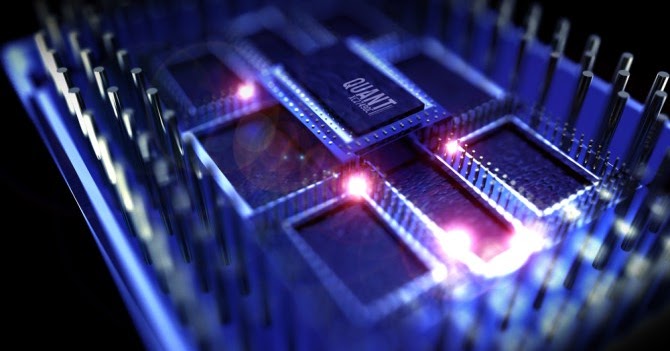New Technology 2022 in Computer Science
The IEEE Computer Society recently commissioned a report detailing 23 technologies expected to emerge by the year 2022 Technology. The report covered topics such as 3D printing, big data, analytics, open intellectual property, massively open online courses (MOOCs), and cloud computing. It also covered cross-cutting issues such as security and the Internet of Things.
Quantum computing
Quantum computing uses digital data to solve problems, and requires the dematerialization of the physical world. This enables quantum computers to search a much larger area of data at a faster rate. Quantum computers are capable of finding information that is unstructured but not yet indexed, making the process of information discovery more efficient.
It’s still unclear when quantum computing will become commonplace. Despite this uncertainty, it has already attracted interest from government agencies and industry. Recently, Chinese scientists announced the creation of a quantum computing chip. Their device is said to be 100 trillion times faster than the world’s most powerful supercomputer.
Generative AI
There are many advantages of Generative AI. For example, it can help the retail sector by analyzing human emotions. Consumers often give feedback and express their feelings when they interact with a product or sales organization. Generative AI algorithms can also analyze consumer-generated text, speech samples, and facial expressions.
However, Generative AI can be misused for fraudulent purposes. Generative algorithms can be used to generate fake news and create fake images, but they require huge amounts of training data. Moreover, these algorithms have the potential to generate unexpected results. As a result, Generative AI will disrupt more industries than we can imagine. The technology is already making its way into critical fields like defense and healthcare.
Multiexperience
Multiexperience is a technology that brings together the user experience across all channels. This includes desktops, laptops, smartphones, tablets, wearables, smart TVs, and IoT. This will allow users to interact with the data and applications in the way that is most appropriate for them. It will also allow companies to better engage with their customers and employees.
Multiexperience is one of the top 10 strategic technology trends for 2020, according to Gartner. Though the technology is in its infancy, it is already creating a buzz in the tech industry. By 2023, over 25% of large enterprise applications will be built on a multiexperience platform. The trend will eventually eliminate the need for tech-literate employees and lead to more people-literate technology.
Autonomous systems
Autonomous systems are present in many aspects of life today. They are used in transportation, manufacturing, and finance, among other fields. However, there are significant trust issues related to these systems that must be addressed before they can be widely adopted. Understanding these issues is key to developing a successful transition to increased autonomy.
Another challenge with autonomous systems is the fact that they will operate in unpredictable environments. This means that they cannot be designed with precision, and the boundary between human and machine functions may change over time. Moreover, they will require constant learning, including how to adapt to a new environment or new data. Therefore, it is necessary to have a plan to manage the evolution of these systems.
Robotics
Robotics is a branch of computer science that deals with the design, construction, operation, and use of machines. Its main goal is to develop machines that can perform human-like tasks. It is an interdisciplinary field that combines engineering fields such as electrical engineering, mechanical engineering, and information engineering. It also incorporates other fields such as mechatronics and electronics.
As the adoption of robotics grows, so will the need for interoperability between robots. Currently, only a few companies source all of their robotic platforms from a single developer, making it difficult to integrate platforms and communicate. This limits the potential for efficiency gains. In the future, industry standards and open architectures will be developed to enable interoperability across robotic platforms.


